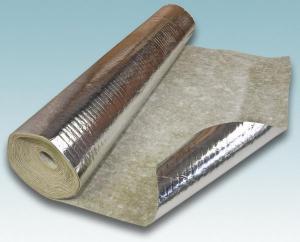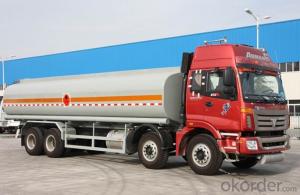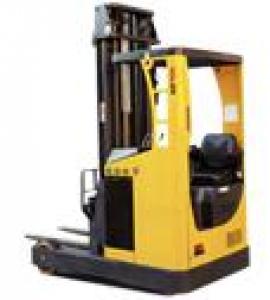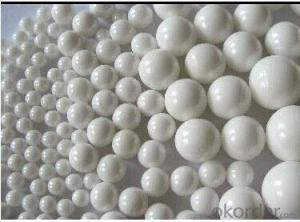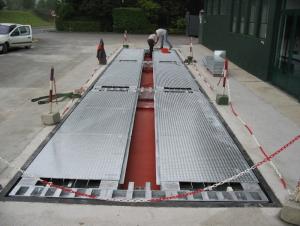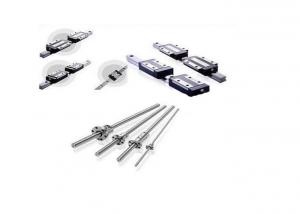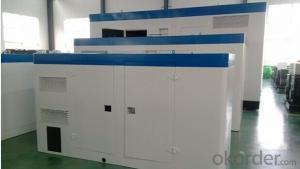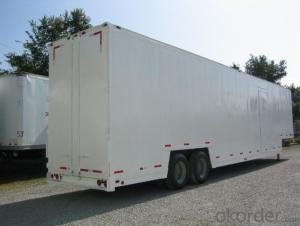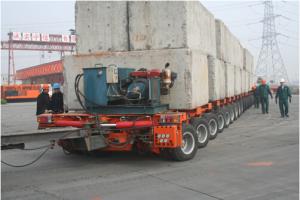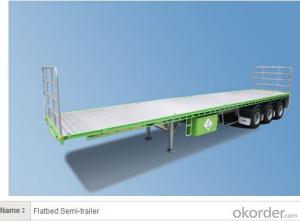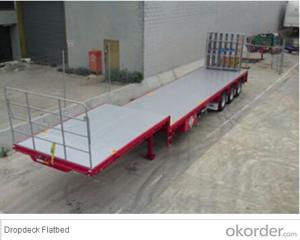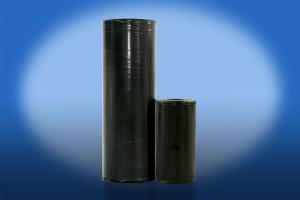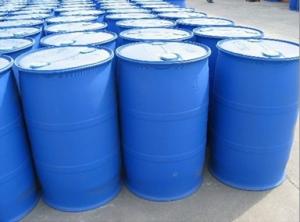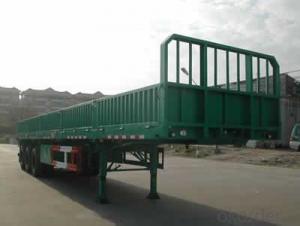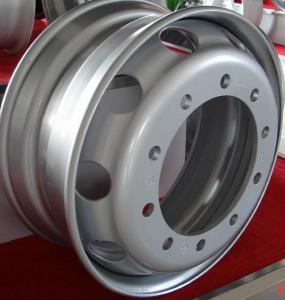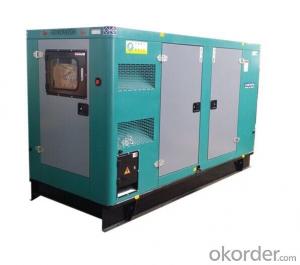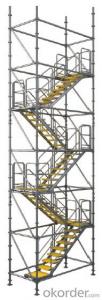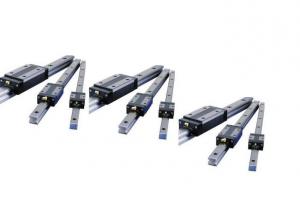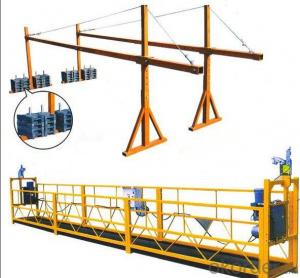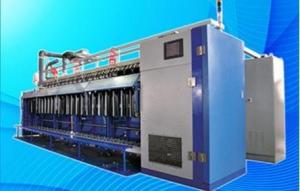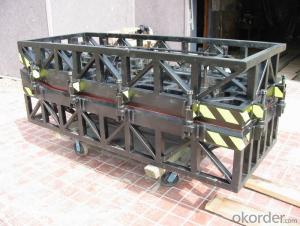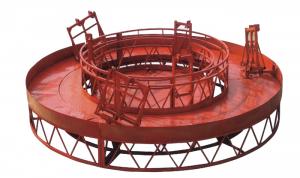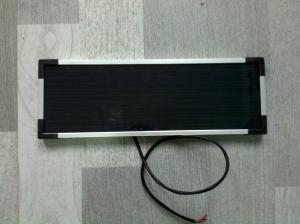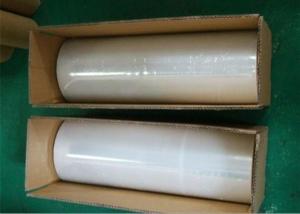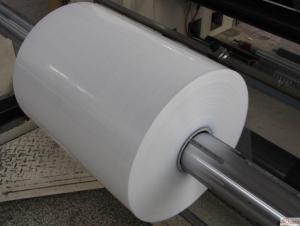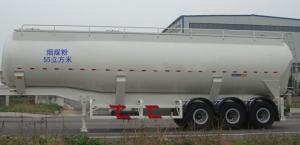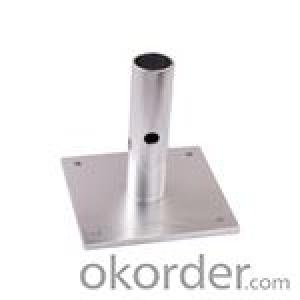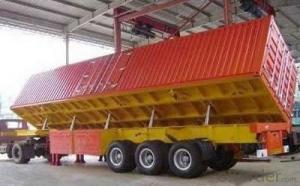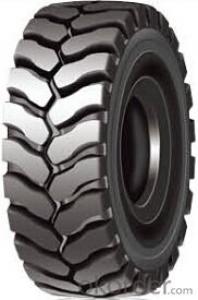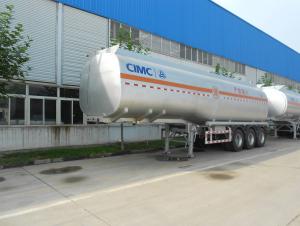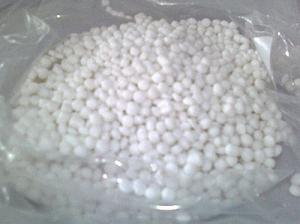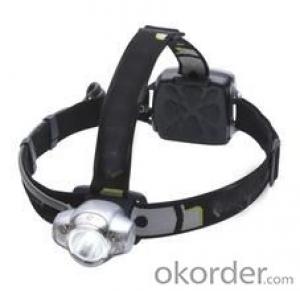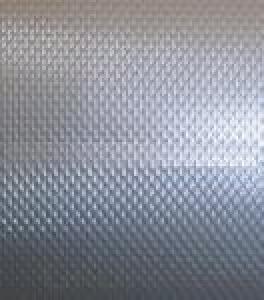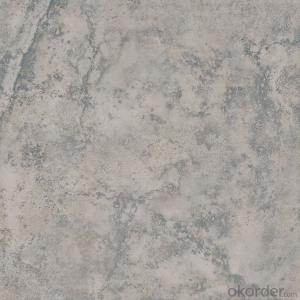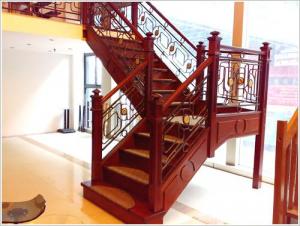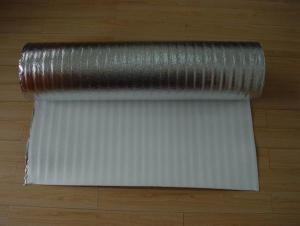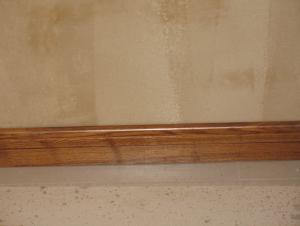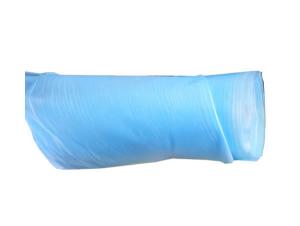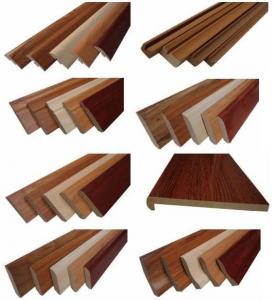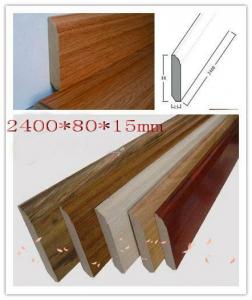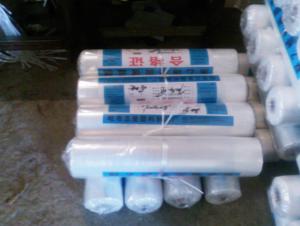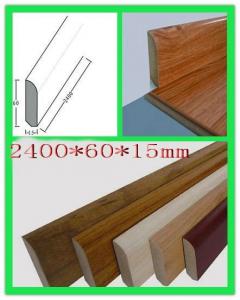Underpinning For Trailers
Underpinning For Trailers Related Searches
Folding Trailer Trailer Utility Used Car Trailers Moving Tape Outside Lights For Trees Liners And Covers Trailer Trailer Trailer Back Light Of The Car Suspended Track Lighting Construction Props Tunnel Lighting Software Front Bumpers For Cars Front Lighting Dip Tubes Driveway Pillars With Lights Suspended Platform Spotlights On Wire Track Truck Pictures Black Rims And Tires Automotive Window Channel Weatherstripping Track Lighting For Walls Drop Down Track Lighting Skirting For Mobile Homes Retaining Soil Outdoor Lights For Trees Reinforcement Material Crane And Rigging Post Lights For Outdoors Bumper Materials Best Prop For SpeedUnderpinning For Trailers Supplier & Manufacturer from China
Underpinning For Trailers is a collection of essential products designed to provide stability and support for various types of trailers. These products include hitch pins, couplers, and other accessories that are crucial for ensuring the safe and efficient operation of trailers in transportation and towing applications. The importance of these products lies in their ability to prevent accidents and maintain the structural integrity of trailers during transit.Underpinning For Trailers finds its application in a wide range of scenarios, from recreational vehicle towing to commercial transportation. Whether it's a family vacation with a travel trailer or a business transporting goods with a semi-trailer, these products play a vital role in ensuring that the trailers are securely attached to the towing vehicle. They also help in maintaining the alignment and balance of the trailer, reducing the risk of accidents and damage to both the towing vehicle and the trailer itself.
Okorder.com is a reputable wholesale supplier of Underpinning For Trailers, boasting a large inventory of high-quality products. With a commitment to customer satisfaction, Okorder.com offers competitive prices and reliable service, making it a go-to destination for those in need of trailer support products. Their extensive range of Underpinning For Trailers ensures that customers can find the right products for their specific needs, whether they are looking for standard hitch pins or specialized couplers for unique trailer setups.
